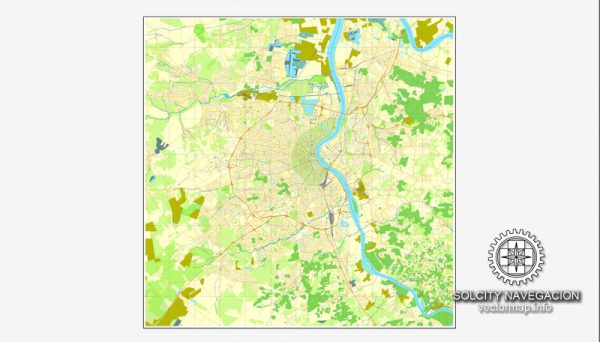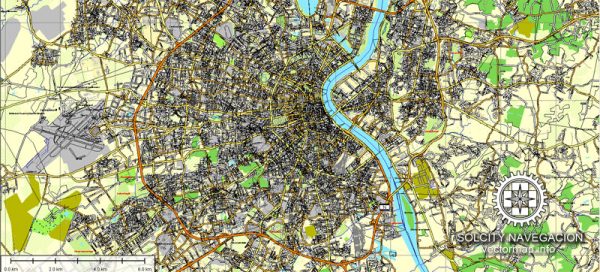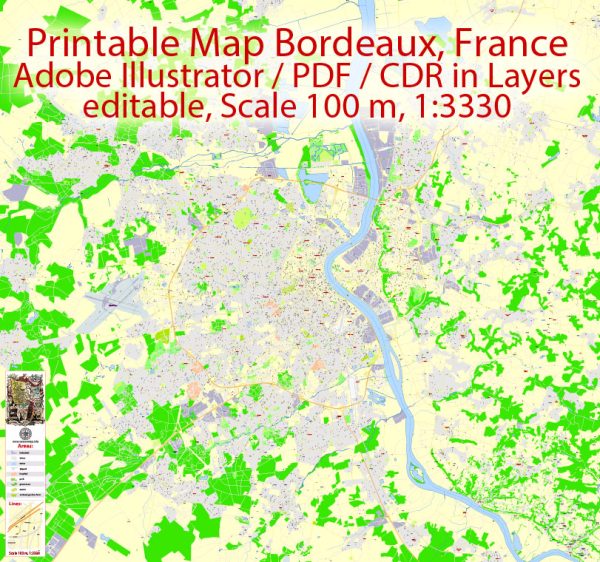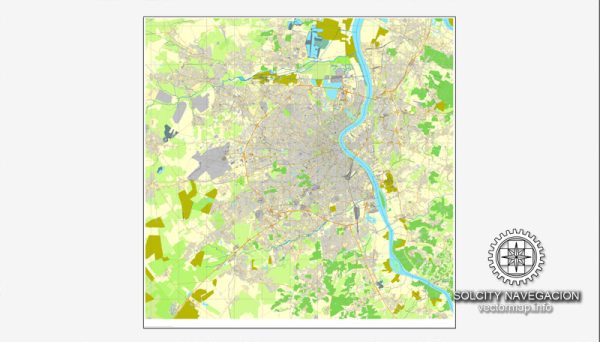Bordeaux, located in southwestern France, is a city with a rich and storied history that dates back thousands of years. Here is an overview of Bordeaux’s history and a description of its historical significance:
- Ancient History: The area around Bordeaux has been inhabited since ancient times, with evidence of human presence dating back to the Neolithic period. The Celtic tribe known as the Bituriges Vivisci originally settled the region before it became part of the Roman Empire in the 1st century BC.
- Roman Era: Under Roman rule, Bordeaux, known as Burdigala, became an important commercial and administrative center. It was a thriving port city connected to the Roman road network, and its location on the Garonne River made it a key hub for trade.
- Middle Ages: Bordeaux went through various rulers and invasions during the early Middle Ages. In the 12th century, it became an important part of the English Angevin Empire after the marriage of Eleanor of Aquitaine to Henry II of England. The Hundred Years’ War (1337-1453) saw Bordeaux change hands several times between the English and the French.
- Renaissance and Enlightenment: Bordeaux flourished in the Renaissance period, with urban development, economic growth, and cultural expansion. The city’s architecture, such as its classical facades and beautiful squares, reflects this period. During the Enlightenment, Bordeaux was known as a hub of intellectual activity and was home to many prominent philosophers and writers.
- The French Revolution: Bordeaux played a significant role during the French Revolution. It was a center of Girondist political thought, which advocated for a more moderate approach compared to the radical Jacobins in Paris. The city also served as a departure point for many emigrants fleeing the Revolution.
- 19th Century: In the 19th century, Bordeaux’s economy was revitalized, primarily through the wine trade. The city’s vineyards and wine production became renowned worldwide. This period saw the development of Bordeaux’s distinct neoclassical architecture, as well as the expansion of the city’s port.
- 20th Century: Bordeaux was heavily impacted by both World Wars. It was occupied by German forces during World War II, resulting in significant damage to the city. After the war, Bordeaux experienced a period of reconstruction and growth, and its wine industry continued to thrive.
- Contemporary Era: In recent decades, Bordeaux has undergone significant urban renewal, with an emphasis on preserving its historic architecture and revitalizing its waterfront. It has also become a major cultural and educational center and is renowned for its wine tourism.
Bordeaux is famous for its wine, being the capital of the Bordeaux wine region, one of the most renowned wine-producing areas in the world. The city’s historic architecture, including its neoclassical buildings, beautiful squares, and the 18th-century Place de la Bourse, make it a visually captivating place. Bordeaux’s history and its role in the wine industry have contributed to its UNESCO World Heritage status, with its urban ensemble recognized for its architectural and historical significance. Today, Bordeaux is a vibrant and cosmopolitan city that embraces its rich heritage while looking towards the future.





 Author: Kirill Shrayber, Ph.D.
Author: Kirill Shrayber, Ph.D.